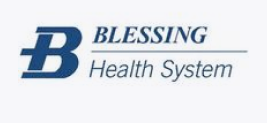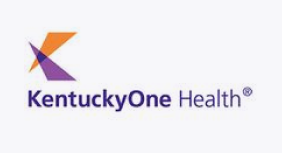May 2, 2022
What is a Copay Accumulator?

A breakdown of copay accumulators and copay maximizers for oncology practices to help patients better understand their insurance benefits.
What is a Copay Accumulator and Copay Maximizer?
A copay accumulator, also known as a copay maximizer, is a way of ensuring that the patient does not get out of their cost-sharing responsibilities with specialty medications. Insurance cost-sharing can be understood in the forms of copays, co-insurance, deductibles, and out-of-pocket maximums. Specialty medications and therapies are associated with a high risk of the patient experiencing financial toxicity for two reasons:
- Specialty medications are vastly more expensive than traditional therapies.
- Most chronic illnesses, such as cancer, are treated with these expensive specialty medications over a period that can span many years.
Manufacturer Copay Programs
Pharmaceutical manufacturers recognize that the therapies they make are expensive and lifesaving and have programs in place to help patient’s who are prescribed these medications with their out-of-pocket costs. These savings programs might include copay programs, free-trial offers, and Patient Assistance Programs (free-drug) depending on patient income level.
A good example of how these programs work is an oncology patient with commercial insurance, who are able to use copay savings programs to help make ends meet and get the treatment needed without an enormous financial burden. Copay savings programs will help the patient by covering their out of out-of-pocket cost thereby reducing their responsibility to as little as $0.
How Copay Accumulator’s Work
Manufacturers have copay programs in place in order to help patients drive down cost, and increase specialty medications access. However, the copay accumulator removes the ability to count these ‘outside payments’ towards their personal responsibility as it relates to their deductible and out-of-pocket maximum. This can be highly problematic for oncology practices and their patients who require long-term use of specialty therapies for four reasons:
- Cancer patients have the highest treatment-related financial burden.
- Cancer diagnosis and treatment directly impact patient productivity and ability to work.
- Cancer patient suffering with financial toxicity have lower rates of treatment adherence and increased prescription abandonment due to high costs
- Securing patient financial advocacy is time-consuming and challenging to find, causing an increased administrative burden on practice staff.
Best Practice for Oncology Practices
The best practice for oncology practices to help address copay accumulator and copay maximizer is patient education. Many health insurance companies roll out these new features to the prescription benefit plan without the patient’s knowledge. Understanding health insurance can be daunting to patients, so it is important to familiarize them with terms such as copay accumulator, copay maximizer, co-insurance, cost-sharing, and out-of-pocket costs. Encourage patients to become as knowledgeable as possible about their coverage, benefits, and cost-sharing responsibility.
Learn how Q Consulting Support Services can help your practice, by helping your patients.











